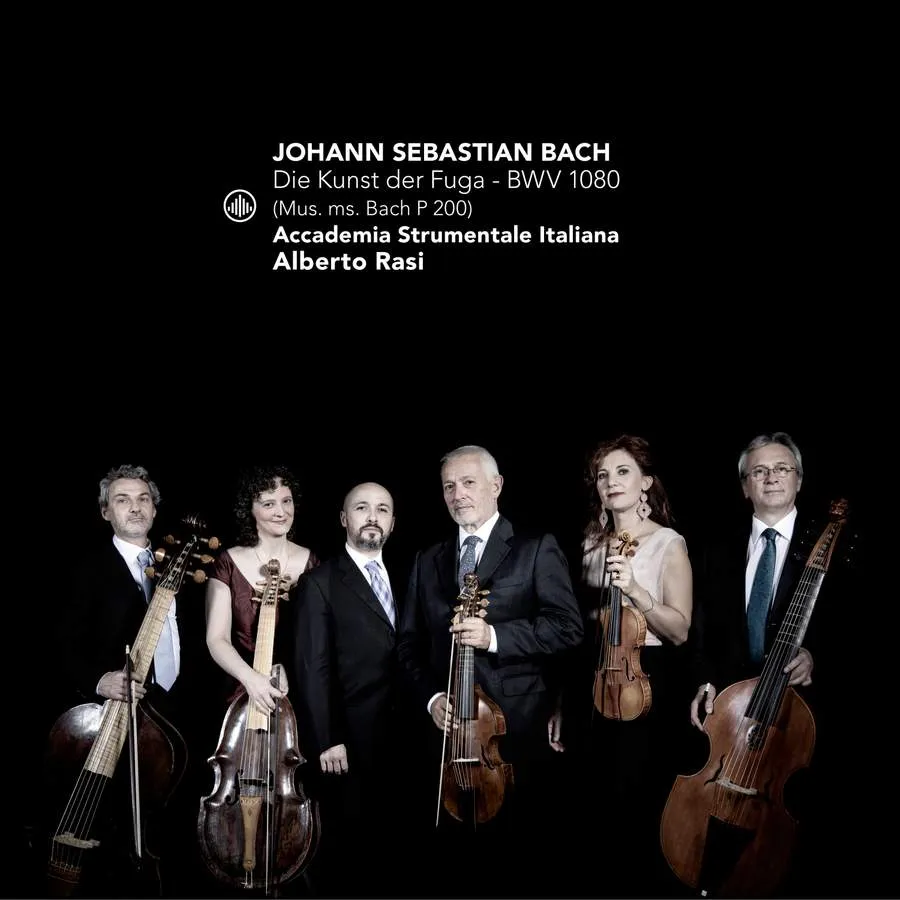
JS Bach The Art of Fugue, BWV 1080 Accademia Strumentale Italiana Challenge Classics CC 72842 68:15 mins
I have always defended the right of performers to choose what kind of instrumental approach to adopt in this musically profound and scientific work. Bach probably envisaged a keyboard approach but his intentions remain unclear. Alberto Rasi and the Accademia Strumentale Italiana use a single string ensemble of violin, viols and violone and solo organ. In an informative essay Luca Guglielmi, the organist, argues in favour of Bach’s Berlin Autograph (c.1742) as opposed to the first printed edition (1751) which has so often provided the basis for rival accounts.
Among many strengths of this reading of Bach’s contrapuntal odyssey around a single musical subject is one of amiability. Bach would have revelled in the possibilities afforded by his D minor theme. He was enjoying himself, and so should we. These players offer a refreshingly varied instrumental and textural palette, introducing gravitas where apposite, and vigorous characterisation, as for instance in the ‘Contrapunctus in Style Francese’, where called for. Most affecting, perhaps, are the dance-like, so-called mirror fugues, played by organ and violin, which leap off the page to make an indelible mark upon our sensibilities. Accademia Strumentale Italiana illuminate every component of Bach’s visionary masterpiece.
Nicholas Anderson